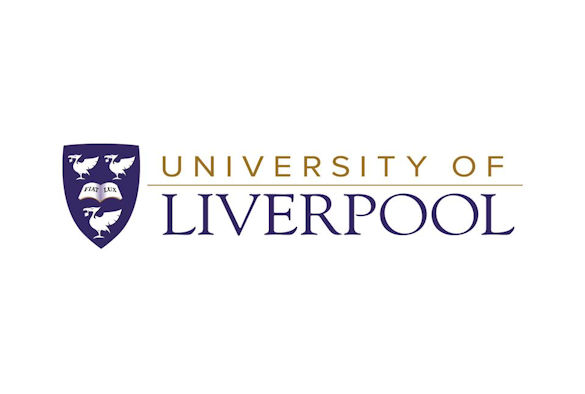
On 22 January 2018, the Science Media Centre organised a background press briefing in London to address the topic of induced seismicity, in addition to various other issues related to hydraulic fracturing, including air quality and ground water.
The briefing was attended by experts including Dr Ben Edwards, Reader in Seismology at the University of Liverpool.
Questions were raised by journalists regarding the suitability of the current magnitude thresholds in the UK’s regulatory Traffic Light System. The UK currently has one of the most stringent controls on induced seismicity associated to hydraulic fracturing in the world. It dictates that operations must be suspended if a seismic event of magnitude ML 0.5 or greater is detected.
Dr Edwards said: “Raising the current threshold levels for the traffic light system for hydraulic fracturing in the UK is a decision for policy makers. However, we now have greater scientific understanding of the induced seismicity that has occurred at sites in the UK and when we put this in context of our knowledge of naturally occurring seismic events that regularly occur in the UK, from a scientific point of view, there is scope to review the current threshold level.”
Dr Edwards warned that that raising the limit could lead to higher magnitude so-called trailing events, which can occur after fracking has stopped, but noted that these would still likely be far too small to cause any damage.
Dr Edwards is author of the publicly available report `Seismic context measurements for induced seismicity’ which provides a comparative context for surface vibrations which measure the same, or similar, at the surface to the induced seismicity recorded at Preston New Road.
The report was commissioned by Department of Business, Energy and Industrial Strategy (BEIS). Dr Edwards has also advised the Oil and Gas Regulator on issues related to induced seismicity.
Induced seismicity research represents only part of the diverse range of research undertaken at the University of Liverpool on earthquake activity. Research on induced seismicity and natural tectonic events is undertaken across the world from Chile and Japan to closer to home in the North West.
The University of Liverpool is also part of a European research consortium, URBASIS, with research areas including induced seismicity in urban environments and the response of buildings to earthquake vibrations.